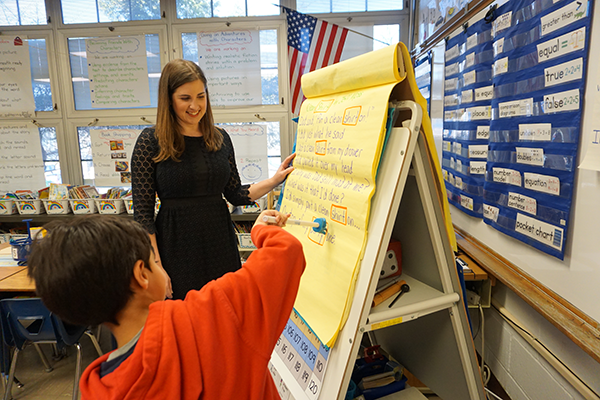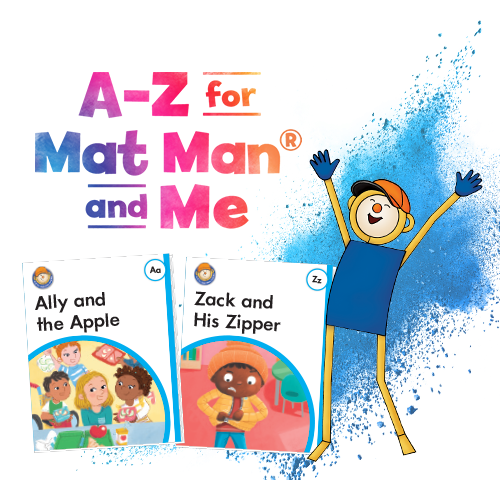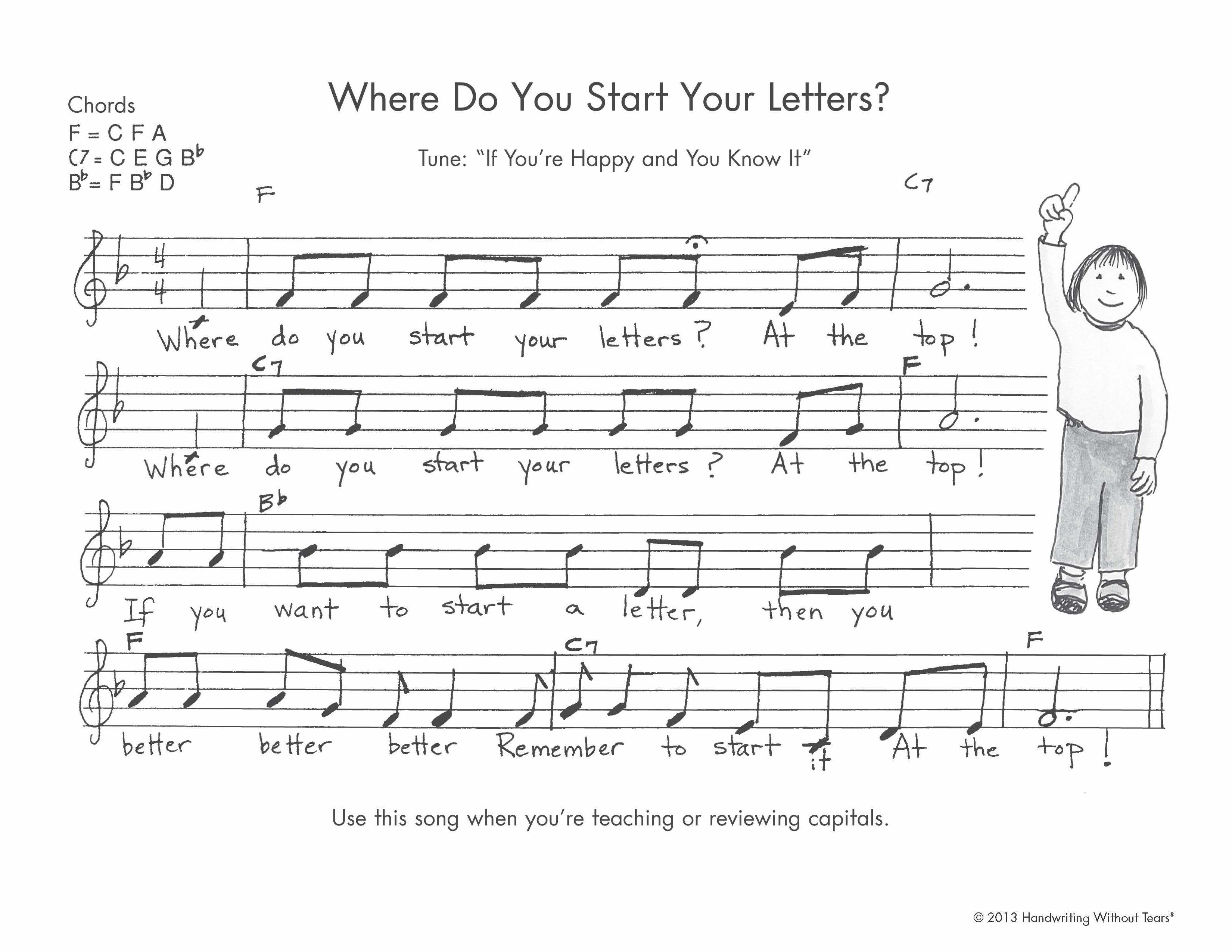The energy and rhythm of a primary classroom are indescribable. Throughout the day, teachers strategically orchestrate active learning experiences that build the minds, bodies, and learning souls of curious young students. In these classrooms, jubilant, playful experiences drive the acquisition of essential foundational skills. One of the core practices is shared reading. By using this teaching method, teachers can maximize each instructional minute and support a range of next steps. With rich, engaging picture books, poems, songs, and nonfiction at center stage, shared reading knits together a strong sense of class community while also explicitly teaching a variety of literacy concepts.
Many teachers new to the practice are unsure of how to plan shared reading so they are both intentional and responsive to students’ in-the-moment needs and interests. My answer is always: Think in terms of weekly cycles. Doing so helps you feel confident that across one cycle of shared reading, you are hitting upon all the high-priority concepts and skills you want to teach.
What Happens in a Cycle of Shared Reading?
Each cycle consists of approximately five short-and-sweet instructional sessions, and each session lasts about 5- to 10 minutes. The class reads and revisits the same short text across the cycle of shared reading. However, each session in the cycle has a different focus. For example, across one cycle of shared reading, teachers can flexibly use the spotlighted text to support growing understanding of reading skills, concepts of print, word study, grammar, fluency, and/or literate conversation. Teachers can plan cycles of shared reading that match the current goals of classroom learners. With shared reading, teachers are able to seamlessly integrate literacy instruction! Additionally, the repetition inherent in returning to the same text multiple times offers supported and joyful opportunities to deepen understanding of texts.
“Each session in the cycle has a different focus”
Interest piqued? Craving a clearer vision? Click here or on the image below to preview a cycle of shared reading that features a popular Handwriting Without Tears song:
What Text Will I Choose?
Cycles of shared reading utilize a short text. Throughout the cycle, this text is visible to all students. Depending on the type of text chosen, teachers either rewrite the words on large chart paper or enlarge the actual text, often by using a document camera. Here are commonly used options for PreK - grade two classrooms:
-
poems, chants, nursery rhymes, and songs
-
two side-by-side pages from a longer text (that has been previously read aloud)
-
a math word problem
-
a student-friendly infographic or text feature
-
short videos (closed captioning ON)
-
a “big book” could also be used
Choose a high-quality text that students will enjoy returning to multiple times. Often, shared reading texts are a notch above what most of the students can access and read independently. This text can be virtually any genre or format and ideally, aligns with the work currently being done in the classroom. Moreover, shared reading texts work best when they center and celebrate the identities of classroom learners and build a stronger sense of community. Across time, intentionally choose texts that feature different topics, characters, and settings. Prioritize texts that will serve as mirrors, windows, and sliding glass doors for students (Sims Bishop,1990). Doing so will amplify interest, engagement, investment, and an authentic sense of purpose for students (Hammond, 2014). They will be excited to use their imaginations, share their ideas, and engage in more sophisticated literacy work. By returning to selected texts, again and again, teachers build students’ background knowledge, vocabulary, fluency, and so much more.
Because there are so many wonderful texts in the world, the possibilities within shared reading feel limitless! The texts themselves and the joy and questions they spark help you deliver playful shared reading. Now, to ensure playful, planful shared reading, I’d like to share five of the most common focus areas you’ll likely address in your cycles of instruction.

Supporting Comprehension
I always focus the first session of a cycle of shared reading on comprehension. I want to be sure the students have a general understanding of the text before we delve into specific features and parts. Additionally, we know that many early readers benefit from learning how to approach texts and from discussing texts (Duke, Ward, & Pearson, 2021). Use this “kick off” to provide vision for any comprehension-based reading concept you are about to introduce to students. For example, you may devote Session 1 to:
-
previewing a text to activate prior knowledge and prepare for active reading
-
envisioning and experiencing the joy of “making a movie in their mind”
-
locating important details (in images and/or words)
-
summarizing or retelling events or information
-
asking and answering text-based questions
Young learners enjoy taking a sneak peek and wondering what the text might be about. They find delight in using their well-honed imaginations to visualize the text in their minds and act it out with their bodies. There is so much that can be discovered in a short comprehension-based session of shared reading. Another benefit: this supported practice “spills over” to students’ subsequent independent interactions with texts.
Becoming Curious about Concepts of Print
Emerging readers and writers are developing their understanding of how print works, how to handle books, and how to interact with texts. This is another area teachers can nurture during one session of their cycle of shared reading. Depending on the type of text selected, you might devote a session to one of the following print concepts:
-
locating the front and back cover, finding the title, and studying the image on the cover
-
differentiating between a letter, word, and sentence
-
finding the first or last letter, word, or sentence on a page
-
using 1:1 match while reading
-
reading left to right, top to bottom
When we spotlight these developmentally appropriate skills in such a supported setting, students have the opportunity to role-play being a reader. They continue this identity-growing pretending and worthwhile practicing as they handle, read, and discover more in the texts they choose at other points in the day.
Inviting Wonder Around Words
Shared reading is an ideal place to provide vision for concepts related to words and language. This is important because word work and language learning need consistent connections to an authentic context (Anderson & LaRocca, 2017; Bear, et al, 2020; Beck, McKeown, & Kucan, 2013; Blevins, 2016; Dorfman & Dougherty, 2014; Ehrenworth & Vinton, 2005; Koutrakos, 2018; Weaver, 1986; Wright, 2020) There are seemingly infinite ideas for a word or conventions-themed session of shared reading. Moreover, this is an ideal context to provide vision for what it looks like to remember, transfer, and apply word knowledge while reading. What follows are multiple ways to nurture interest in and proficiency with words and language.
-
Phonological and Phonemic Awareness in words: break up words by syllable, play alliteration games, segment sounds in words, blend sounds in words, rhyme, or change (manipulate) sounds in words
-
Phonics and Spelling: identify, orthographically map, and/or discuss specific letters, sounds, patterns, and parts of words
-
Decoding: use a variety of known strategies to figure out tricky words while reading
-
High-Frequency Words: identify taught words and read with automaticity
-
Vocabulary: think about meaning, use, context, or connotation of words or create connections between words by considering synonyms, antonyms, etc
-
Grammar: introduce or spiral a concept related to capitalization, punctuation, or a specific part of speech
No matter where students may be in their reading development, wondering around words and language invites students to find new possibilities in the pages of a book. This also motivates and prepares emergent writers to embrace the excitement of using sketches, letters, and words as they write.
Building Oral Language by Talking About Texts
Shared reading provides the necessary foundation for thinking and talking about texts in a highly supported learning experience. Literate conversation is an essential part of reading instruction and students benefit when this is explicitly taught and modeled (Robb, 2016). Shana Frazin and Katy Wischow also remind educators of the importance of teaching talk and using classroom conversation to build relationships, play with ideas, clarify understandings, and share knowledge (2019). During a conversational-focused session of shared reading, wondering, thinking, and reacting are emphasized. Without even realizing it, students practice building oral language skills and active listening skills. In one of these final sessions of shared reading, the class may:
-
Discuss favorite parts
-
Share personal connections
-
Engage in conversation about their feelings and reactions
-
Appreciate the words an author chose to use
-
Discuss what they learned, will remember, and carry with them after reading
Collectively, when thinking about texts is included in cycles of shared reading, the class builds a synergistic understanding of how reading impacts us as people! These social interactions help students become strategic and analytic thinkers.
Finding the Fun in Fluency
Sessions of shared reading that are focused on fluency support reading accurately, at an appropriate rate, and with expression. Educator, researcher, and all-around literacy expert Tim Rasinski has always talked about the importance of an authentic, intentional, intensive, and consistent approach to reading fluency in kindergarten through grade two (2017). During cycles of shared reading, the repeated reading of a text offers teachers multiple chances to model fluent reading. Additionally, sessions devoted to fluency also invite students to try on and role-play the part of a fluent reader- in a highly supported setting. To add an extra helping of fun to fluency-focused sessions of shared reading, you might consider:
-
Echo reading: The teacher reads a line and the students echo that line (repeat for each part of the text).
-
See-saw reading: The teacher and students “flip flop” reading, taking turns reading different words, lines, sentences, or stanzas.
-
Jump-in reading: The teacher does the majority of the reading and students “jump in” for specific words (for example, high-frequency words or rhyming words).
-
Choral reading: The class reads aloud together.
-
Repeated reading in different voices: Use different silly voices to sustain interest and playfulness in repeated reading. You might try whisper voices, shouting voices, spooky voices, sleepy voices, etc.
By saving fluency work for the end of a cycle of shared reading, students become better prepared to participate confidently and embrace the joy inherent in this important work.
Putting It All Together
Shared reading brings efficient and integrated literacy instruction within reach! Shared reading helps young learners build their identity as a reader. They are able to observe a proficient reader (the teacher) in action and dip in for low stakes, playful practice. Students become more confident and competent readers, word explorers, and conversationalists. Through shared reading, teachers have the opportunity to infuse and integrate a variety of essential early literacy skills and concepts. As teachers implement cycles of shared reading, a sense of community and connection naturally develops among members of a class. Shared reading honors the current readiness of classroom learners and amplifies connection, community, confidence, competence- efficiently and joyfully! Use this teaching method to foster and amplify literacy learning that creates a lasting sense of awe and wonder in students.
Ready to get started? Click here for access to different shared reading planning templates.
A–Z for Mat Man® and Me
Available Now!
Seamlessly bring the ABCs to life while building foundational literacy skills with our new letter book series. Each of our illustrated letter books introduces a letter of the alphabet and emphasizes their associated sound through captivating, visual stories. The engaging stories in each book capture children's imaginations and expose them to social-emotional skills and diverse cultures.
You can Learn More → .

